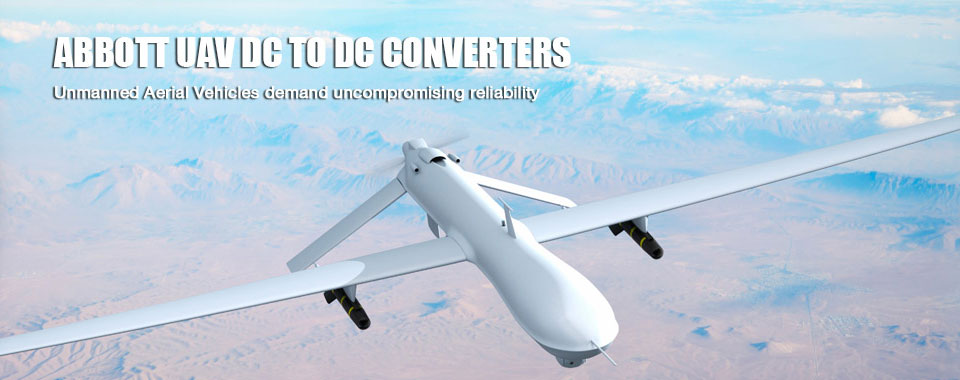As today’s technology has advanced, it has been put to great use in helping to predict the weather. Advanced weather radar systems, in order to predict conditions that can change so frequently and fast, rely on solid-state power supply/modulator systems in order to have the energy necessary to accurately predict the weather. These heavy-duty power supplies are often used in unmanned aerial drones as well as radar systems on many military aircraft, where they are subjected to extreme hot and cold weather conditions and duty cycles that can last for several days or more. Coming equipped with power supply designs that have been made to withstand virtually anything, they have proven to be very useful in helping both civilian and military personnel predict dangerous weather events such as tornadoes or floods.

State-of-the-Art Systems
With many new advances in transistor technology, today’s power supply/modulator systems have been condensed into much smaller versions that in years past. In earlier radar modulators, thyratrons had been used as the main power switch. However, with recent advances in solid-state switches, magnetron and klystron transmitters ranging from 250-1000 KW have been used to provide greater accuracy and reliability.
Criteria for Weather Radar Systems
One of the most important aspects of weather radar systems involves the extremely regulated energy of the transmitted pulse, which determines how effective the radar system will be in picking up Doppler resolution. To guard against amplitude changes or pulse jitter, the power supply regulation for the radar system needs to be less than 10 ns, ensuring the magnetron’s frequency shift will be negligible. Using AC to DC power supply systems, such as those used in all branches of the United States military, allows these systems to maintain levels of reliability and durability that have been virtually unmatched.
Improved Performance
One of the best aspects of today’s weather radar systems involves their improved performance from those of one or two decades past. With technology that far outpaces older tube systems, today’s systems use a combination of solid-state pulse transformers and power supply voltage that maintains a level of safety and reliability that is unmatched in any other system around the world. Weather radar systems have now been made to withstand virtually any aspect of the environment they are in at the moment. Whether it is extremely high winds, temperatures far below zero degrees Fahrenheit or temperatures exceeding triple digits in desert-like locations, the radar systems have been engineered to include components that make them lighter and smaller, yet able to deliver an improved performance that far exceeds many other systems available today.
Circuit Protection
One of the best advances regarding weather radar systems has been the added levels of circuit protection available in today’s sophisticated military and civilian systems. AC to DC switchers that offer enhanced performance capabilities have made it possible to provide complete protection against the possibility of a short circuit within the system. With the current set at 120 percent of the full load, output voltage is set to be automatically returned to normal once the short is removed.
With more and more people living in areas known for their extreme and sometimes deadly weather events, weather radar systems have become an increasingly important component in the effort to keep populations safe. In addition, these systems are being relied upon more in military operations where airstrikes or covert operations have been ordered, ultimately putting the lives of soldiers and the success of the mission at stake. However, with today’s technology continuing to improve, weather radar systems are expected to increase their already high levels of accuracy and reliability.
For more information visit : Abbott Technologies.
